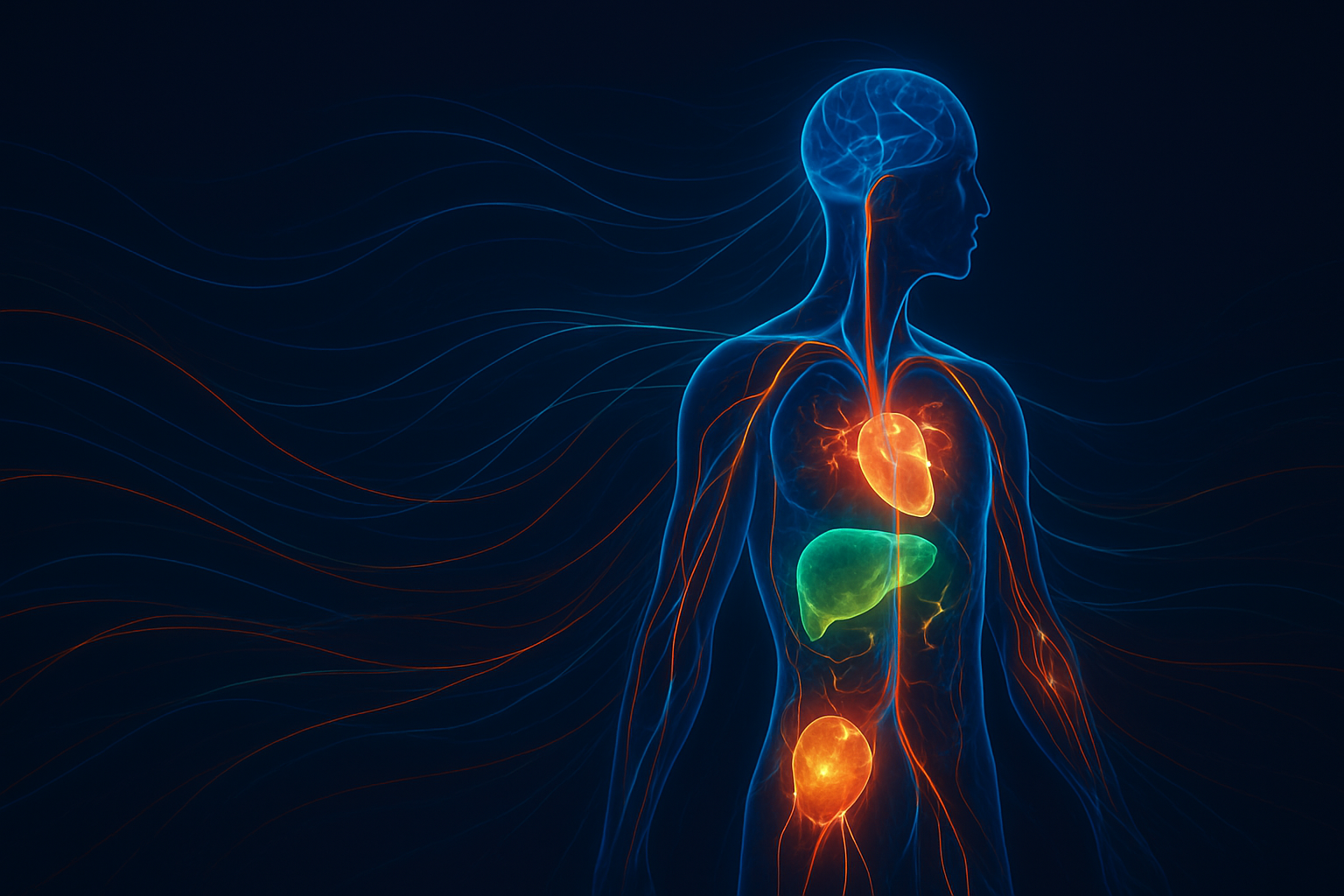
Your basal metabolic rate (BMR) is the energy your body needs at rest to power vital functions. While traditional calculators rely on decades-old equations, Glialis takes a revolutionary approach: our proprietary algorithm is trained on thousands of real users’ data to deliver personalized BMR estimates that adapt to your unique physiology[^1].
The Problem with “One-Size-Fits-All” Equations
Most BMR calculators use the same four equations from the early-to-mid 20th century:
Traditional Methods:
- Harris–Benedict (1918):
BMR = 13.7516 × weight + 5.0033 × height – 6.755 × age + 66.473(men) - Mifflin–St Jeor:
BMR = 9.99 × weight + 6.25 × height – 4.92 × age + 5(men) - Katch–McArdle:
BMR = 370 + 21.6 × LeanBodyMass(requires body fat %) - Owen & Others: Simple weight-based approximations
The Reality: These equations can err by 10-36% in real populations, especially for individuals with unique body compositions[^2]. They treat everyone the same, regardless of metabolic individuality.
The Glialis Difference: Machine Learning-Powered Precision
Our Trained Algorithm
Instead of relying solely on historical equations, Glialis uses machine learning trained on extensive real-world user data. Our algorithm:
- Learns from thousands of users across diverse body types, ages, and activity levels
- Integrates multiple data points beyond just weight, height, age, and gender
- Continuously improves as more users contribute their metabolic data
- Personalizes estimates based on patterns in similar user profiles
Advanced Body Composition Analysis
Our app features a specially trained model for body fat estimation that:
- Cross-validates against established methods (DEXA, hydrostatic weighing, bioelectrical impedance)[^6]
- Uses calibration systems to ensure results fall within known error ranges of reference standards
- Provides confidence intervals so you know how reliable your estimate is
- Updates continuously as you log measurements and progress
Smart Validation System
Glialis doesn’t just give you one number. Our system:
- Runs multiple estimations using both traditional equations and our machine learning model
- Cross-references body fat data when available for lean mass calculations
- Flags inconsistencies when estimates diverge by >10%
- Provides uncertainty bounds based on your data quality and profile similarity
- Learns your patterns over time to improve accuracy
How It Works in Practice
When you use Glialis:
Step 1: Data Collection
- Input basic metrics (weight, height, age, activity)
- Optional: body fat % from our trained estimation model
- Historical data from previous measurements
Step 2: Machine Learning Processing
- Our algorithm analyzes your profile against thousands of similar users
- Calculates confidence-weighted BMR using multiple methodologies
- Identifies which traditional equations work best for your body type
Step 3: Personalized Results
- Receive your BMR with accuracy confidence intervals
- Get explanations for why certain methods were prioritized
- See how your metabolism compares to similar profiles
Step 4: Continuous Learning
- As you log workouts, meals, and body changes, the algorithm adapts
- Your BMR estimates become more accurate over time
- The system learns your unique metabolic patterns
Validation & Accuracy
Our approach consistently outperforms traditional calculators because:
- Real-world training data captures metabolic diversity that equations miss
- Multi-modal validation against established reference methods[^6]
- Error-bounded estimates with known confidence ranges
- Adaptive learning that improves with your personal data
Traditional equations: 10-36% error rates[^2] Glialis algorithm: Continuously validated against user outcomes with transparent confidence metrics
Beyond BMR: Your Complete Metabolic Profile
Knowing your BMR is just the beginning. Glialis uses your machine learning-calculated baseline to:
- Auto-set personalized calorie & macro targets based on your goals
- Forecast nutritional needs before you eat
- Dynamically adjust recommendations as your body changes
- Predict plateau points and suggest intervention strategies
- Compare your progress against similar user trajectories
Think of traditional BMR as a rough estimate—Glialis gives you a metabolic fingerprint that’s uniquely yours.
The Future of Metabolic Science
By combining established metabolic science with modern machine learning and real user data, Glialis represents the evolution of personalized nutrition[^7]. We’re not replacing decades of research—we’re building on it with the power of machine learning and continuous validation.
Ready to discover your true metabolic rate? Experience the difference that personalized, machine learning-driven BMR calculation makes in achieving your health and fitness goals.
References
[^1]: Sabounchi NS, Rahmandad H, Ammerman A. Best-fitting prediction equations for basal metabolic rate: informing obesity interventions in diverse populations. Int J Obes (Lond). 2013;37(10):1364-70.
[^2]: Frankenfield D, Roth-Yousey L, Compher C. Comparison of predictive equations for resting metabolic rate in healthy nonobese and obese adults: a systematic review. J Am Diet Assoc. 2005;105(5):775-89.
[^3]: Frankenfield DC, Rowe WA, Smith JS, Cooney RN. Validation of several established equations for resting metabolic rate in obese and nonobese people. J Am Diet Assoc. 2003;103(9):1152-9.
[^4]: Bendavid I, Lobo DN, Barazzoni R, et al. The centenary of the Harris-Benedict equations: How to assess energy requirements best? Recommendations from the ESPEN expert group. Clin Nutr. 2021;40(3):690-701.
[^5]: Mifflin MD, St Jeor ST, Hill LA, et al. A new predictive equation for resting energy expenditure in healthy individuals. Am J Clin Nutr. 1990;51(2):241-7.
[^6]: Achamrah N, Colange G, Delay J, et al. Comparison of body composition assessment by DXA and BIA according to the body mass index: a retrospective study on 3655 measures. PLoS One. 2018;13(7):e0200465.
[^7]: Lee S, Lee H, Choi JR, Koh SB. Machine learning-aided risk prediction for metabolic syndrome based on 3 years study. Sci Rep. 2022;12(1):2972.
[^8]: Henry CJK. Basal metabolic rate studies in humans: measurement and development of new equations. Public Health Nutr. 2005;8(7A):1133-52.
